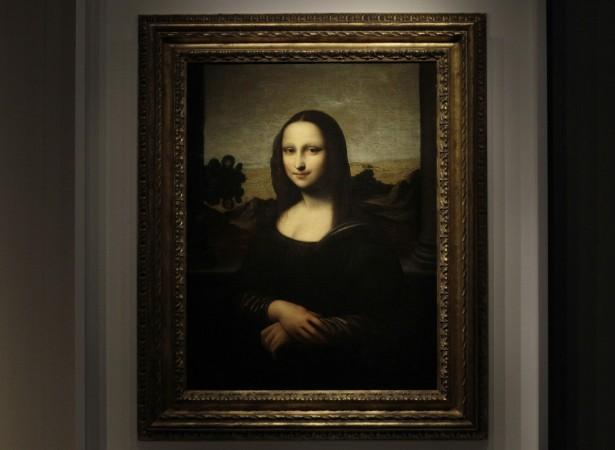
A claim by Hong Kong-based historian and novelist Angelo Paratico that the portrait 'Mona Lisa' was actually of Leonardo da Vinci's Chinese slave mother sent the Internet into a frenzy on Wednesday.
Paratico carried out a two-year long research for his forthcoming book – Leonardo Da Vinci: A Chinese scholar lost in Renaissance Italy - that led to his startling claim.
In the book, Paratico tried to expose the Italian polymath's connection with the Far East, the Daily Mail reports.
The book is expected to be published next year.
The author has spent the last 20 years in Hong Kong, researching the links between his homeland and China over the past half a millennium.
In his book, Paratico states that due to the difference in their backgrounds and cultures, people disapproved of the relationship between Leonardo da Vinci's father and mother. This is the reason why there are very few records of her.
But how did he know she was a slave? To that, Paratico says: "One wealthy client of Leonardo's father had a slave called Caterina. After 1452, Leonardo's date of birth, she disappeared from the documents. She was no longer working there. During the Renaissance, countries like Italy and Spain were full of oriental slaves."
Paratico told the South China Morning Post that although he is "sure up to a point that Leonardo's mother was from the Orient, but to make her an oriental Chinese, we need to use a deductive method."
He added: "For instance, the fact he was writing with his left hand from left to right... and he was also a vegetarian which was not common. Mona Lisa is probably a portrait of his mother, as Sigmund Freud said in 1910. On the back of Mona Lisa, there is a Chinese landscape and even her face looks Chinese."
Users of Sina Weibo, China's Twitter-like social networking site, took to the social media immediately to express their disbelief in Paratico's theory. Some even changed the features of the painting using an online app to make her face resemble that of a Chinese male comedian Zhao Benshan, while some made it look like British actor Rowan Atkinson.
A post read: "I now understand why her smile looks so mysterious and concealed – it's typically Chinese," The Telegraph reports.












